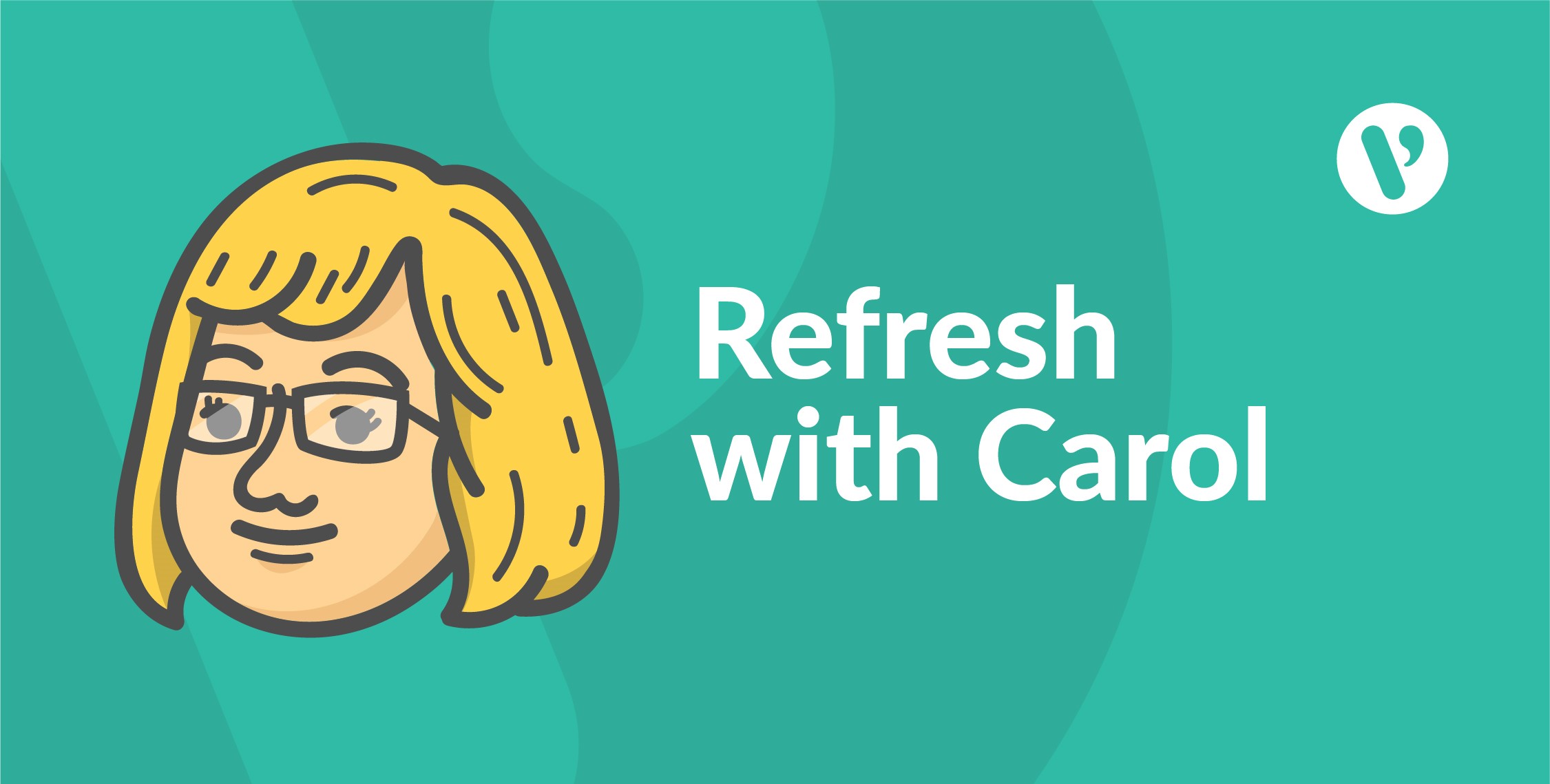Stop wasting time
Leaving the house with my daughter typically goes like this:
“I can’t find my jacket. Mom, have you seen my jacket?”
“Oh, I found it. Where are my keys? Has anyone seen my keys?”
“They’re on the kitchen island.”
“Great, thanks! Where are my shoes? Oh, here they are by the back door.”
Sound familiar?
For years, I’ve been trying to teach her to put her own stuff away, using the “A place for everything and everything in its place” adage. Obviously these lessons haven’t stuck.
All of my things have a place to be stored and when I’m not using them, I return them to their spot. When I return home from an outing, I hang my keys on a hook by the door, place my purse on a hook in the closet, hang my coat in the closet, and put my shoes on a rack by the door. When I leave the house, I know where all of these things are.
When my daughter comes home, her belongings wind up all over the place. Often her jacket ends up on the floor somewhere, shoes are usually by one of the doors, keys could be anywhere, her wallet or purse could be in the living room on a table or couch or in her room, her backpack could be left in any room. I’ve even found sunglasses in the bathroom! This explains why she can’t find her stuff when she needs to go out.
Despite my gentle guidance (okay, to be honest it might be pushy nagging), she wastes a tremendous amount of time looking for her belongings, and often this makes her late. (I’ve heard that this may be related to her creative, artsy brain, but that’s a topic for another day.)
Productivity research tells us that the average person spends about 10 per cent of the day looking for things. This translates into an hour each day. Imagine what you could do with an extra 60 minutes each day! This additional hour can be generated by getting organized.
If we have difficulty finding paperwork we need, or notes from a meeting, or research for a project, precious time will be wasted looking for them. Creating order is fundamental to managing time well, and it involves eliminating clutter and proper organization of workspace, papers, and electronic files.
Besides wasting time, disorganization and clutter can also increase anxiety. In an article written for Psychology Today, Sherrie Bourg Carter explains Why Mess Causes Stress.
She says that it assaults our minds with too much stimuli – visual, olfactory, and tactile – distracts us, makes it more difficult to relax, sends constant signals to our brains that our work is never done, makes us anxious, causes feelings of guilt, and causes frustration by impeding our efforts to find what we need.
Velsoft’s Time Management course aims to teach participants how to effectively manage their time, and thereby reduce their stress.
Time management refers to making the best use of one’s time through dealing with time effectively so that the right time is allocated to the right activity. This is important both at home and at work.
We’ve recently updated the Time Management course, reorganizing it a bit, and adding a section about decluttering, along with a few new activities. This includes an activity that will help with decision-making, which is an important skill for managing time effectively. The course also contains several case study scenarios, which although they aren’t new, will give learners lots of practice as they work through them.
Don’t waste any more of your valuable time, start teaching Time Management right now.



